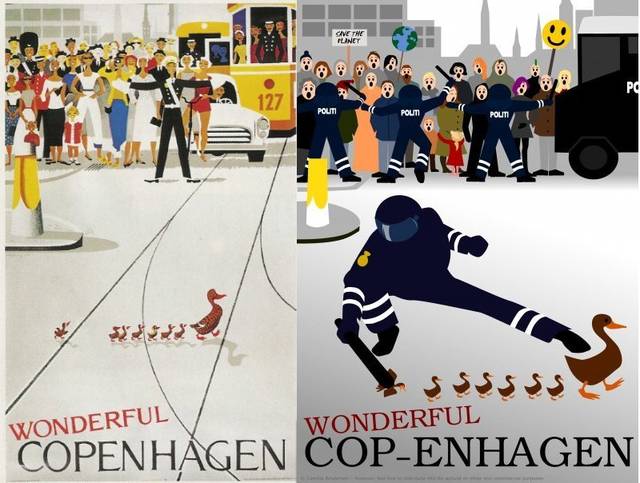This tweet by @Asher_Wolf at 4:25 am on 25 December contains a photo of a tear gas canister used by the police to try to control the Delhi rape riots. The interesting thing here is that the tear gas has an expiry date of May 2009.

The picture got me thinking about different motivating factors for using a certain technology. This post is an exploration. It is not a critique of the decision by the police to use tear gas in this specific situation.
Checkov’s gun
Chekhov’s gun is a metaphor for a dramatic principle a certain inevitability. If a loaded gun is shown in the beginning of a play it will be used before the play is over. Otherwise the gun should not have been shown.
In this case Checkov’s gun is the fact that police have tear gas in their supplies. Any technology we have at our disposal does not simply provide us with an opportunity for action but also creates a demand for action. Possessing the technology creates a desire for it’s use. Checkov’s gun is particularly true of new technology.
The desperation of technology
Spending Christmas in Stockholm this year provided an excellent example of this. The days before Christmas saw large amounts of powdery new white snow fall on the city. Christmas day, therefore naturally saw many kids playing with new winter gear. My home city of Göteborg was less fortunate. Much of the snow had melted due to rain. Despite this many kids were trying to use sleighs on the few icy patches available. They had new technology and were driven to use it.
The frugal cook
One of the common complaint on these days after Christmas is that many are forced to continue eating Christmas food. We may be tired of the taste but we cannot bring ourselves to throw away good food. There is another reason. The Christmas season is a particularly expensive one. So after the main event, after the wrapping paper is cleared away it is naturally that our more frugal natures rise to the fore.
We are not necessarily eating Christmas leftovers because we like them, nor because we cannot afford alternative food – we are eating them as a form of punishment for our excess: the term “waste not, want not” is, in this case, a form of puritanical punishment.
Frugal Riot Control
Therefore the case of the outdated riot gear.
(1) Since the tear gas has been bought it must be used (Checkov’s gun).
(2) If no legitimate situation arises we will redefine reality to legitimize use. (Desperation of technology)
(3) Stockpiles of old technology prevent us from buying new technology. Therefore we must use the old in order to be allowed to by new (frugal cook).
So what?
Attempting to understand why people act is very interesting – but it is also quite impossible to know for certain. While I am sure that all official records of the use of tear gas during the riots will show that the situation warranted its use – the nagging question always rests in my mind: Why did they use this technology? Why now?
Technology drives human action. It’s not deterministic we have choice. But many of the reasons we decide to use, or not to use, technology may have less to do with us than with technology.

